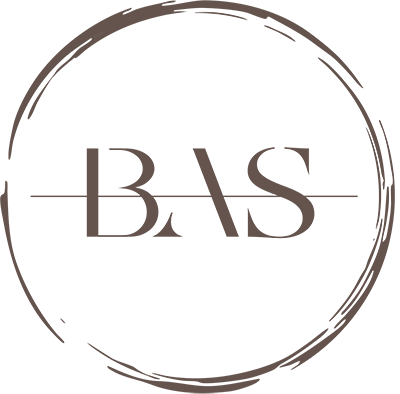Whether you’re creating an e-mail or a landing page, most likely your aim is to convert your website visitors into customers.
The big question is how to get your website visitors to take the actions you want them to take. There are many good tips (and not so great tips either), but in the end it’s all about one thing and that is conversion optimization.
Whether you’re getting good or bad results, conversion optimization is a must. There is always room for improvement when it comes to sales and conversions. The profit is in testing, analysis and optimization and this is often an ongoing process.There are a lot of great (and not so great) tips, but in the end it’s all about one thing: conversion optimization.
In this article I show that in this example you can achieve optimization in 7 steps. In other cases, more or fewer steps may be required and they may look slightly different.
Step 1: Create an optimization strategy
To improve your conversions, using a strategy to guide you can help you get more hits than misses. This is of course true of all types of marketing strategies, but it is especially important when implementing conversion optimization tactics; that’s because conversion optimization requires a lot of testing and many different steps.
Some essential tasks to include in your optimization strategy:
- Setting goals
- Creating buyer personas
- Stating optimization tasks
- Tracking results
Step 2: Ask visitors about their user experience
If you know why visitors are leaving your page, you can make some changes to your pages. You can use various mechanisms to gather information from your audience to understand their pain points.
Some ways to obtain information are:
- Polls
- Survey
- One-on-one interviews
By first identifying which pages have a low conversion rate, you can change this with the right changes. By studying your sales funnel you can see where visitors are exiting. A tool like Google Analytics is useful for observing the behavior of your visitors.
Step 4: Create Simple Landing Pages
One of the most important rules is to keep it simple. Too much distraction on your landing page is often bad for your conversion. Every element on the page should be optimized for conversions. Through analytics, you will always find ways to simplify your landing pages and improve conversions.
These are some of the features of a simple and effective landing page:
- A simple page design
- Clear and non-technical page copy
- A single offer
- Use of image or video with a clear message
- An obvious call to action button
- Mobile responsive
- No navigation bar
Step 5: Adding social proof
With social proof, a lot of stress can be saved in convincing your prospects. If you have 3 million customers, the common assumption is that you are doing many things right and your business is safe. Even if 4,000 people rate your company a 4.7 out of 5, this is of course extremely convincing. If your visitors show other people that they love your products, it will have so much more effect on your conversion than what you have to say about your product.
Common ways to use social proof are:
- Number of Customers
- Testimonials
- Online Reviews and Ratings
- Number of Products Purchased
- Number of Remaining Products
Step 6: Make your pages mobile friendly and fast
In most industries, more people will visit your page on mobile devices compared to desktop. Probably mostly through the e-mails you send. Even for Google searches, 60% are on mobile devices. Even Google now uses mobile-first to research and rank a page.
If your page is not working properly on mobile devices (even if it is theoretically optimized for mobile devices), visitors will simply leave the page and look for a suitable alternative.
If your page takes a really long time to load, you will get one result: visitors bounce. In fact, Google found that the chance of bounce increases by 32% when a page loads for up to 3 seconds.
Stap 7: PERFORM A/B TESTS CONSEQUENTLY
With the information you have gathered about your visitors and after making hypotheses, A / B testing helps to confirm or ignore these hypotheses.
If you are hypothesizing about a change to your page that will increase conversion, you can experiment with implementing a variation of that change. If the change leads to lower conversions, you can ignore your hypothesis. However, if it leads to higher conversions, you can test over a longer period of time to reach statistical significance. After this you can make this change definitively.
Conclusion
Conversion optimization is not an exact science. You collect information from your visitors, you form hypotheses and you will test these.
You keep doing this again and again, because conversion optimization is a continuous process. There is always room for improvement when it comes to conversion rates. Customer behavior and preferences are constantly changing.
